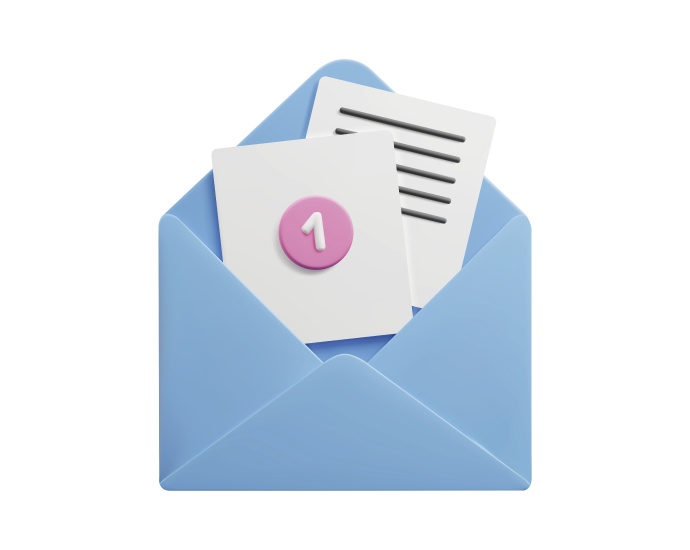Level up your email marketing with personalisation
Email marketing is much more than just sending a sale email to everyone in your database. It’s about building a relationship with your audience, one-on-one, by creating highly personalised and engaging emails that are relevant to who you’re speaking to. It’s not just business as usual, it’s personal.
There are two areas where personalisation can be massively improved, and these are through automated flows and utilising dynamic content in emails themselves.
Automated flows
These are emails that get sent to subscribers automatically based on specific actions, milestones or triggers, and the purpose of these emails is to nurture your subscribers whilst encouraging conversions.
Automated flows can focus on everything from welcoming subscribers to the brand to winning them back after they’ve disengaged. Customer-focused flows can also be brought in, such as browse and basket abandonment, which intervene at crucial points in the decision-making process when customers are comparing your products and brand to others.
With all automated flows, it is important to ensure that the right messaging is being sent to the right people, based on where a subscriber is on their journey. Often brands will use automation to remind subscribers of sales and discounts, but actually, what your subscribers want is to be recognised as individuals and for marketing to speak to them directly.
As with everything, testing is essential to ensure your flows make sense, and most importantly, trigger at the right times. When multiple flows are in place, it’s a good idea to sign up to the database yourself to experience exactly what your subscribers experience. This allows for any immediate changes to be made, making sure the experience is seamless.
Dynamic content
Aside from automation, personalisation within emails can help to increase your subscriber interaction as it’s all about talking with your audience, not just at them.
According to a survey by Dynata, 84% of consumers are more likely to make a purchase when brands provide a personalised experience, so, how can you make personalisation, well, personal?
First names come first
Personalisation goes further than adding a name to the subject line - although that is a great tactic that should be maintained. Brands should actively add subscribers' first names to the body of the email to heighten engagement whilst emphasising the one-on-one relationship, and showcasing that the message is intended for that recipient, not just a number in a database.
Consider the device
Device-based content plays a crucial part when it comes to personalisation. It allows for rules to be put in place and for CTAs or content to be altered, depending on the device where an email is opened. Why use ‘shop now’ for subscribers opening on mobile when you could use ‘tap to shop’, making the intended action meaningful to the language being used.
Keep your messaging right
For many retailers, things change fast. Limited-time offers expire, inventory runs out and information that was true at the time of delivery becomes incorrect or outdated by the time it’s viewed. That said, keeping your messaging relevant by utilising dynamic content is important. This allows for imagery to be swapped out as and when needed to give your emails a purpose at all times, improving overall engagement.
Use the power of a ticking clock
Create excitement during the run-up to an event or generate the fear of missing out when an event is taking place. To name a few, timers can be used when you have new products that are launching or when a sitewide event or offer is taking place. It’s worth highlighting that nearly 70% of millennials report experiencing the fear of missing out, and 60% report purchasing because of it, so if millennials make up most of your audience, it’s worth including timers in your emails.
Think outside the inbox
Don’t let your limited-time sales, special events, and delivery deadlines get lost in the inbox, especially during busier retail periods. Dynamic content allows you to add an event to a subscriber's calendar to give timely notifications alongside your launch emails, doubling the impact on your audience, and bringing more exposure to your campaign.
Knowing your audience
Make your next campaign more impactful by gathering vital information from your subscribers through live polling. You can dig deeper into your segments to find out why people haven’t purchased in so long, what they want to see more of on-site or most importantly, who or what they are shopping for. All of these questions allow you to gather information to be added to audience profiles, whilst shaping your strategy to suit them. By putting the subscribers at the forefront of your strategy, engagement will naturally increase alongside conversions. It’s important to note that polling doesn’t always have to be business-related, you can also have a bit of fun with your audience while you’re increasing your click-through.
Segmentation
Dynamic content can help you to see an uplift in your email marketing but if you continue to ‘send to all’, it won't have as much of an impact. Following best practices around segmentation is key to having a successful email strategy, so before doing another bulk send, consider whether you can segment the email based on purchasing behaviour, on-site behaviour, preferences or engagement with a past email.
Key takeaways
If you’re looking to level up your email marketing there are three key things to remember;
- Automation improves engagement
- Interaction is key to enhancing engagement
- It’s all about your audience
If you’d like to know more about how you can make your digital marketing strategy do more for your business, start the conversation with one of our specialists here.



